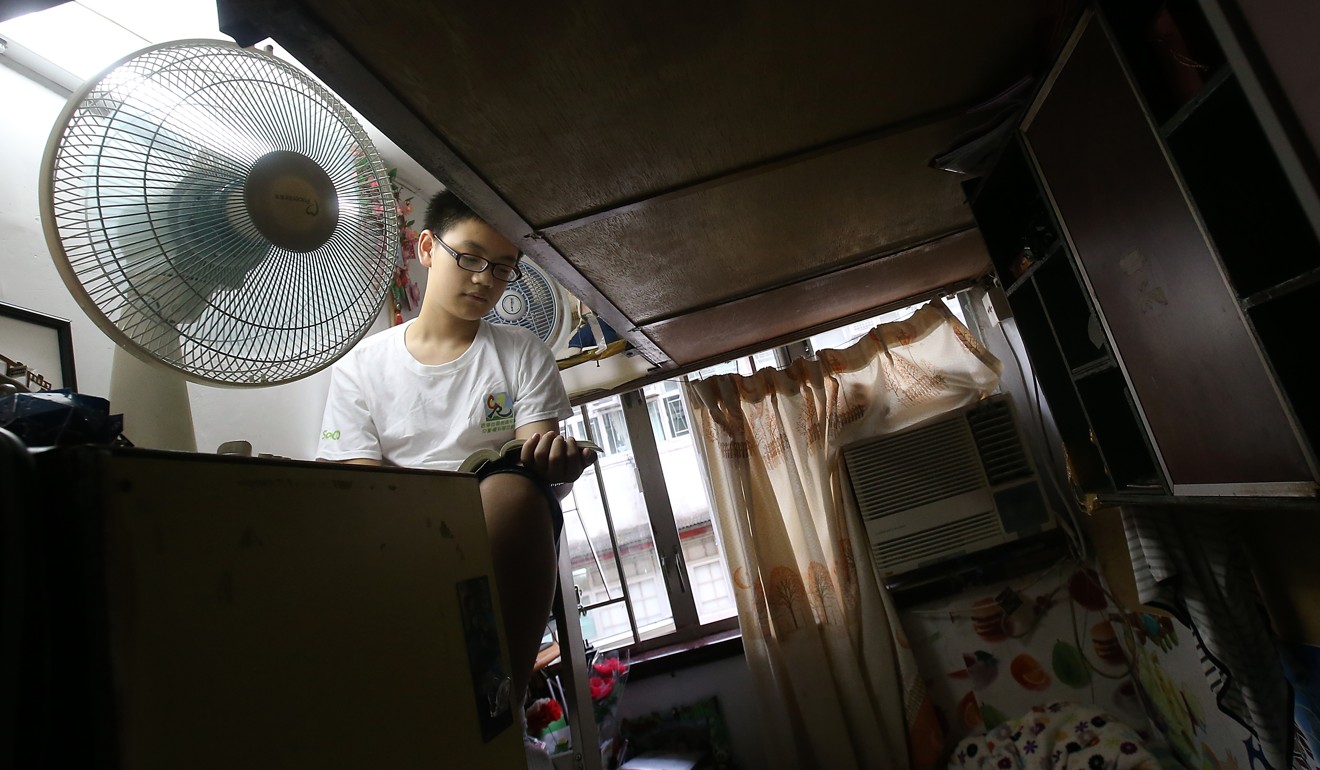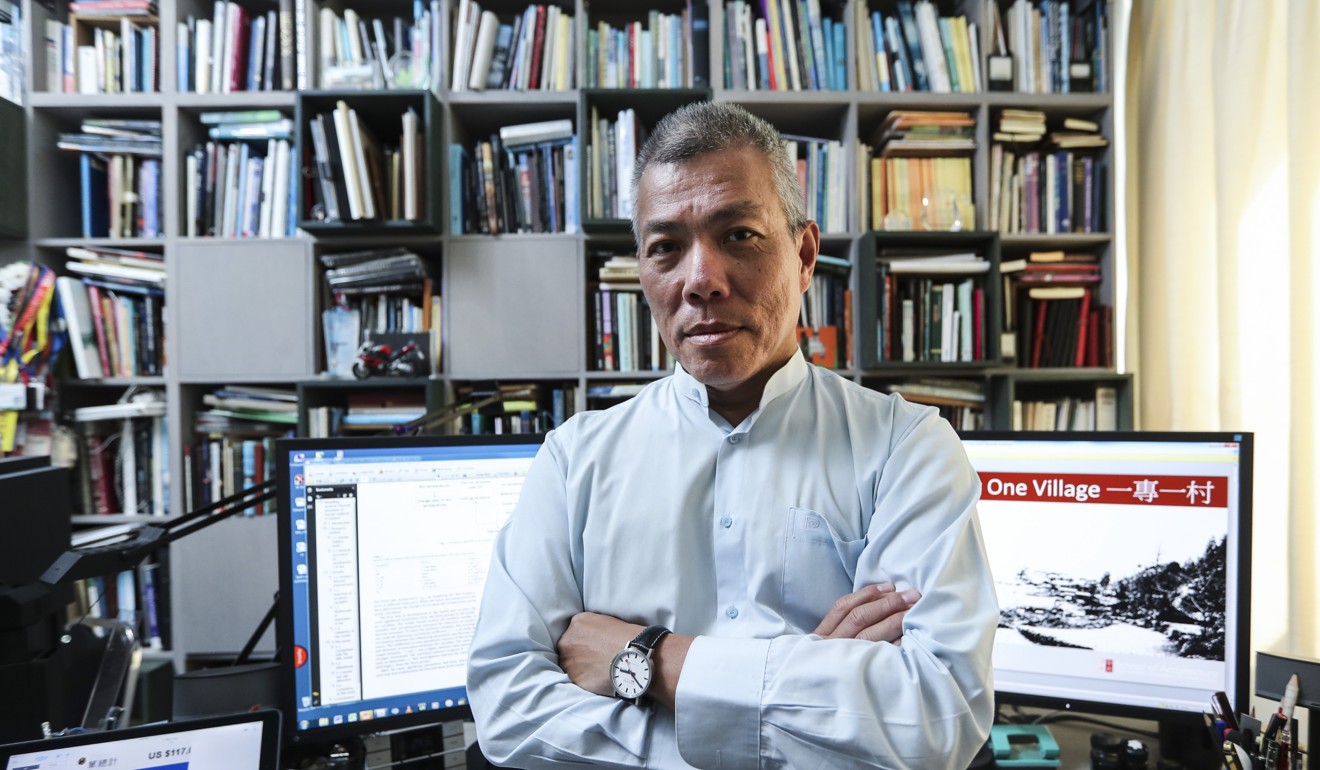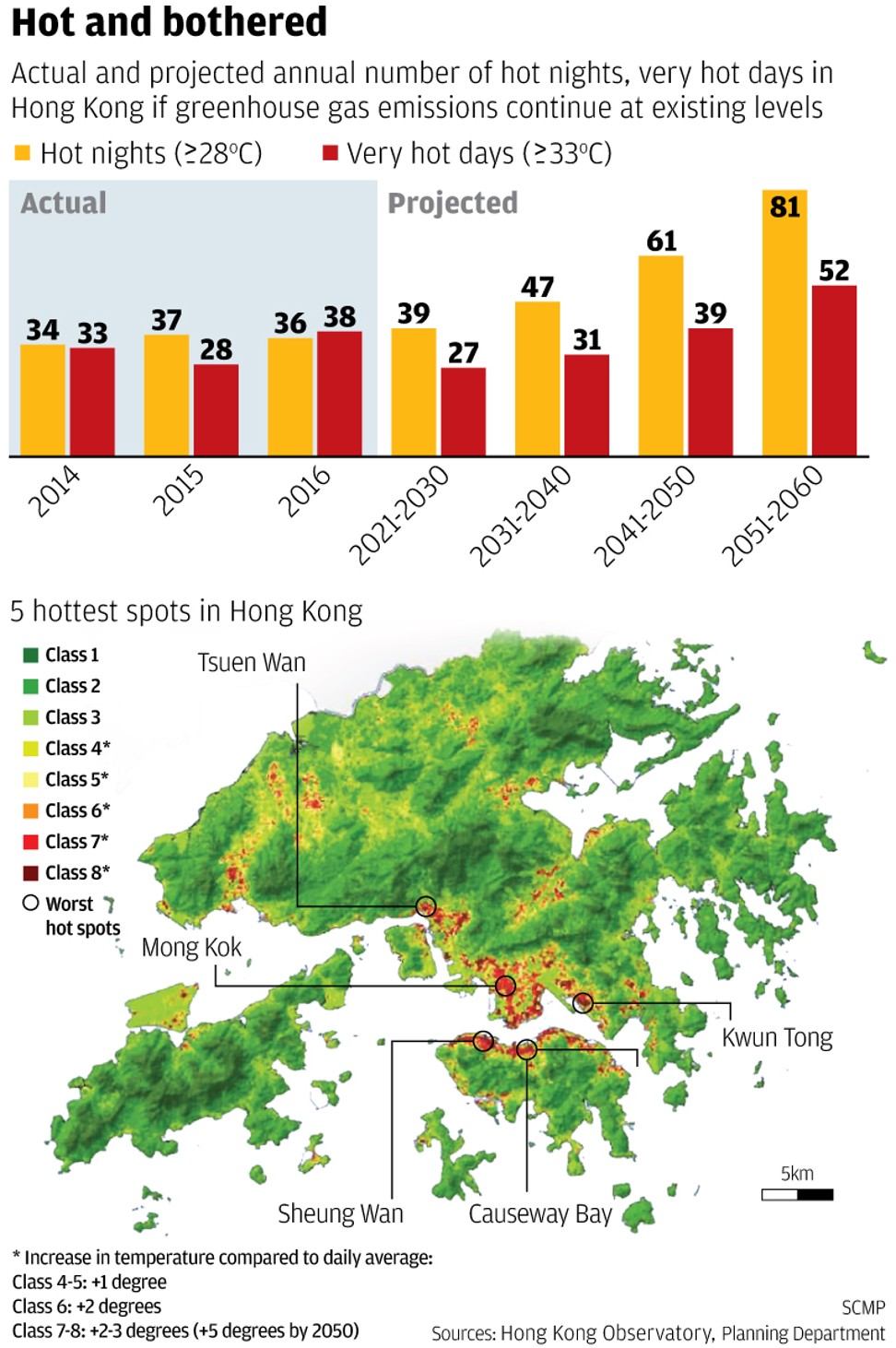
Hot summer nights could be bigger killers than daytime scorchers, Hong Kong researchers say
Academics warn that people have a lower level of risk preparedness against the heat at night than in the day as they are invariably sleeping, sometimes in poor conditions
Hot and prolonged summer nights in Hong Kong’s densely built-up urban areas could potentially be more fatal than daytime scorchers, a new statistical study has found.
An academic involved with a study on the issue also warned that at the current pace of urban development – coupled with rising global temperatures – the city would heat up to “unbearable levels” by 2050.
Hong Kong swelters under hottest ‘Great Heat’ day in 44 years, Observatory says
Researchers from the Polytechnic and Chinese universitiesanalysed data from 284,477 mortality records and the underlying causes of death from 2007 to 2014 and paired them with official records of “hot nights” and “very hot days”.
Taking five consecutive “hot nights” and five consecutive “very hot days”, the researchers found there were 7 to 8 per cent more deaths from cardiovascular or respiratory diseases or harmful exposure during the hot nights.
Deaths from traffic accidents were excluded.
The Observatory defines hot nights as when temperatures exceed 28 degrees Celsius. Very hot days occur when the daytime temperature is expected to soar past 33 degrees.
Last year, Hong Kong experienced 38 very hot days and 36 hot nights, making up 10 per cent of the total days for the year and the highest and second highest number on record respectively. The average over the last 30 years has been 10 very hot days and 17 hot nights per year.
In a changing climate, Hong Kong must prepare itself for much worse than a heat wave
By 2050, if global greenhouse gas emissions continue at existing levels, the number of hot nights would take up almost a quarter of the whole year, according to Observatory projections.
“Consecutive hot nights contribute to higher mortality risk while the number of consecutive hot days does not have significant association with excess mortality in Hong Kong,” the study published recently in the International Journal of Biometeorology stated.
Non-consecutive hot days or nights were also found to contribute to short-term mortality risks. In a full week with at least five hot days and nights, for example, there was a 15.6 per cent increase in deaths from all causes.
“Changes between extremely hot days and less hot days within a week is extremely fatal because it can influence our adaptation and preparedness to heat stress,” the report read.
Can you handle the heat? Hong Kong Observatory director forecasts more extreme weather after record-breaking years
Co-author Derrick Ho Hung-chak, a research fellow in Polytechnic University’s land surveying and geo-informatics department, said the reason for this was that people had a lower level of risk preparedness against the heat at night than in the day.
Dangers include not staying hydrated or keeping indoor areas well-ventilated or air-conditioned. Most people are also most likely to be sleeping, leaving them more vulnerable to the effects of heat stress, which could trigger other heat-related illnesses.

Jiang Mingying, 60, who lives in a 40 sq ft subdivided cubicle in a flat with one window to share among eight others, said she spent as much time outdoors as possible during hot days.
“It’s too stuffy inside, it’s like a prison. At night it’s the worst. Sometimes I feel like I can’t breathe,” she said.
Heat stress refers to a sensation of heat on the body. It is influenced by air temperature, wind speed, sunshine and relative humidity.
According to the Observatory’s heat index, which measures heat stress, a temperature of 32 degrees in 80 per cent humidity makes a person feel like he or she is in 43-degree heat.

“In fact, at night temperatures in urban areas can be much higher than in rural areas due to factors such as climate effects, latent heat and [solar] radiation,” Ho said.
“The findings suggest that improvements could be made to the existing heat-health warning system. It needs to be more comprehensive.”
Currently, the Observatory issues a hot weather warning in advance if it expects the temperature to be above 33 degrees and if the heat stress index is high.
Scientific officer Lee Kwok-lun said the hot weather warning already provided advice to residents engaged in outdoor activities to drink plenty of water and avoid overexertion and for elderly persons or those suffering from chronic medical conditions to look out for their health.
As towns expanded, study co-author Professor Edward Ng Yan-yung, who specialises in urban climatology for city planning at Chinese University, said more urban areas would suffer from a more intense “heat island effect”.
The phenomenon, referring to how pockets of developed areas become significantly warmer than rural areas, is because heat gets absorbed and trapped by tall buildings and narrow roads in heavily built-up areas.
Citing his previous research, Ng said Kwun Tong, Tsuen Wan, Sheung Wan, Mong Kok and Causeway Bay were the worst affected, with daytime temperatures possibly at least three degrees higher than the daily temperature recorded by the Observatory.

By 2050, these areas could become at least five degrees hotter if the city produced greenhouse gases at the current pace, he added.
“It will [worsen] definitely. The government cannot be so short-sighted in solving short-term problems that they create long-term problems,” Ng said.
He said the government should consider developing brownfield sites in the New Territories first before considering green belt land or protected country parks.
“The heat is already unacceptable now. Are we really going to let it go to the point where it’s unbearable?” he said.



